Springtime is Olive Pruning Time in Provence!
In Provence, olive pruning is both science and tradition. We seek advice from local farmers, learn from their experience, and adapt their techniques to our own specific trees.
It is a delicate art that combines tradition, knowledge, and a deep connection to the “terroir” (land). Let’s delve into the process of nurturing these ancient trees, ensuring their health, and allowing them to maximize their fruit yield.
Introduction
Olive trees, with their gnarled trunks and silvery leaves, have graced the sun-soaked landscapes of Provence for centuries. Pruning these ancient trees is not merely a horticultural task; it’s an art form—a dance with nature that shapes their growth, ensures their health, and ultimately yields the precious fruit we know as olives.
1. Timing Matters
Spring is the olive tree’s awakening. As winter fades, the sap begins to flow, and buds emerge. We aim for late February to mid-March for pruning. During this time, we MUST take into account the stance of the moon… when the moon is in “p” form (P for Premier) the moon is waxing (growing)… bad timing for the pruning because of the juices flowing freely… we do the pruning during the moon’s “d” (D for Dernier). This is when the moon is waning (getting smaller after the full moon) and the olive tree is dormant… this means less damage when pruning.
2. The Art of Shaping
We assess each tree’s structure. Identify strong lateral branches—the backbone of the tree. We make slanted cuts to remove competing branches, allowing sunlight to penetrate the crown of the tree: the canopy. Remember, olive trees thrive on light, but the trunk does not.
3. Tools of the Trade
We equip ourselves with the right tools:
- A wise neighbor: Peter
- The book: “Pruning and Training Systems for Modern Olive Growing” by C. Cantini and R. Gucci
- Double-bladed shears: For smaller branches.
- Handsaw: Ideal for branches 1-3 inches in diameter.
- Chainsaw: Necessary for larger branches.
4. The “Martini Glass” Shape
We trim branches into a “martini glass” V-shape. Sunlight should reach the center of the tree, encouraging healthy growth and the foliage should protect the bark.
5. Local Wisdom
In Provence, olive pruning is both science and tradition. Seek advice from local farmers, learn from their experience, and adapt their techniques to your specific tree.
Conclusion
As we trim away excess growth, we envision the sun-drenched olives that will adorn the olive tree in the following year. With each cut, you shape not only the branches but also the legacy of these resilient trees. So, we grab our shears, breathe in the fragrant spring air, and let the olive tree whisper its secrets. 🌿
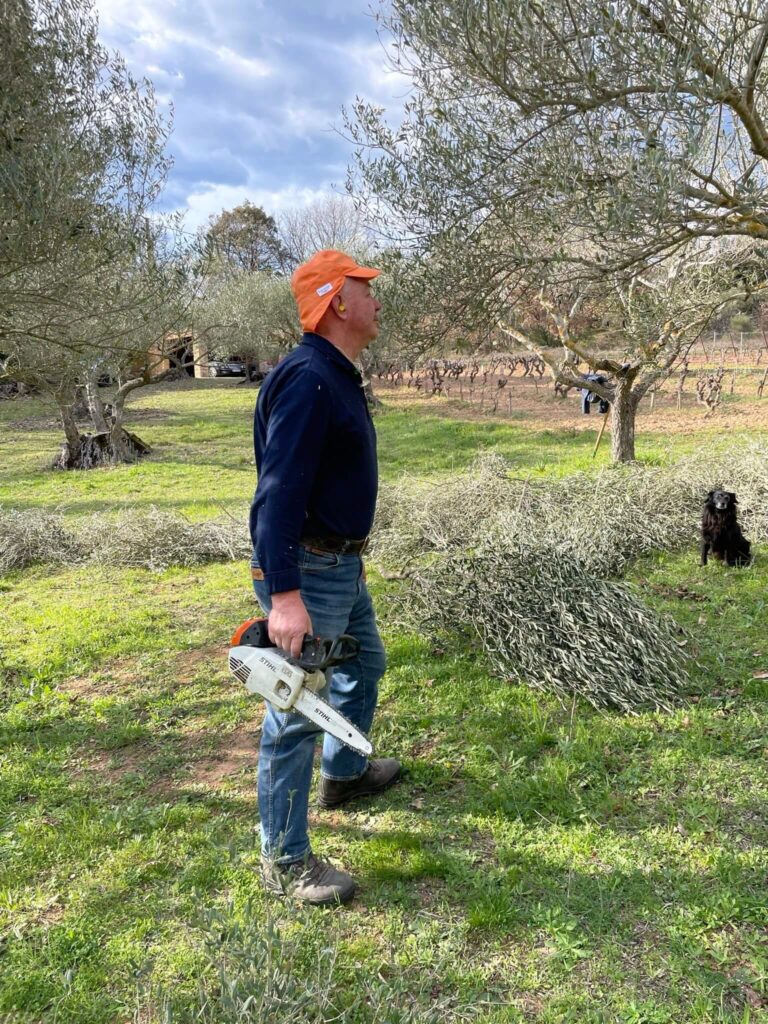
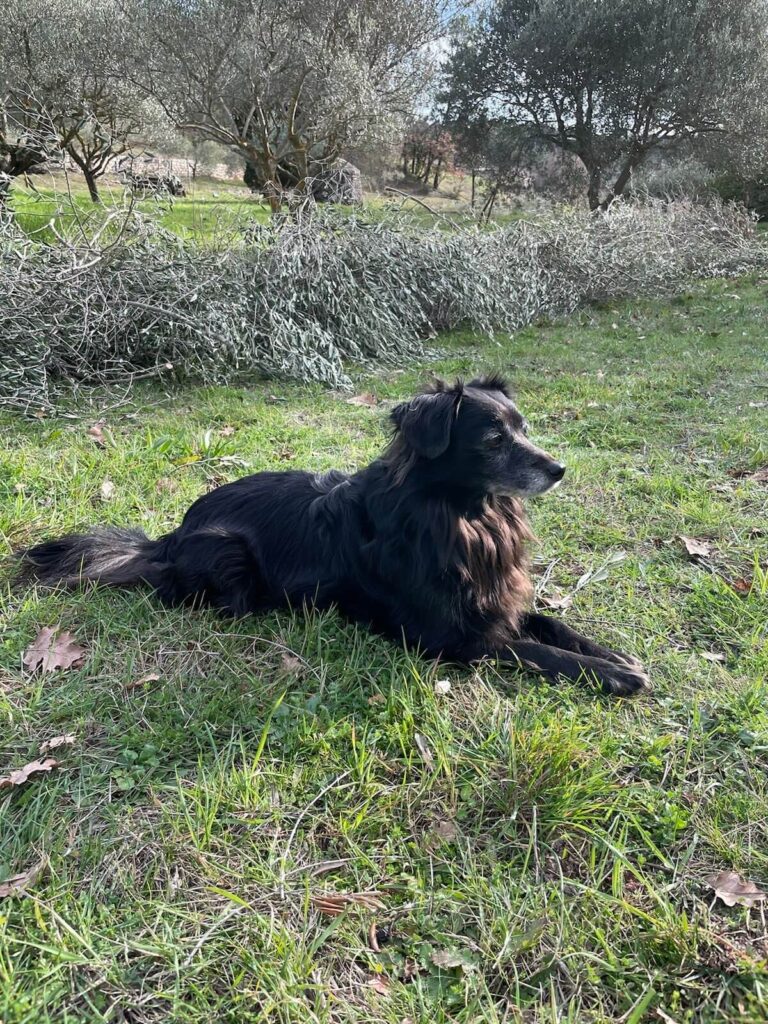
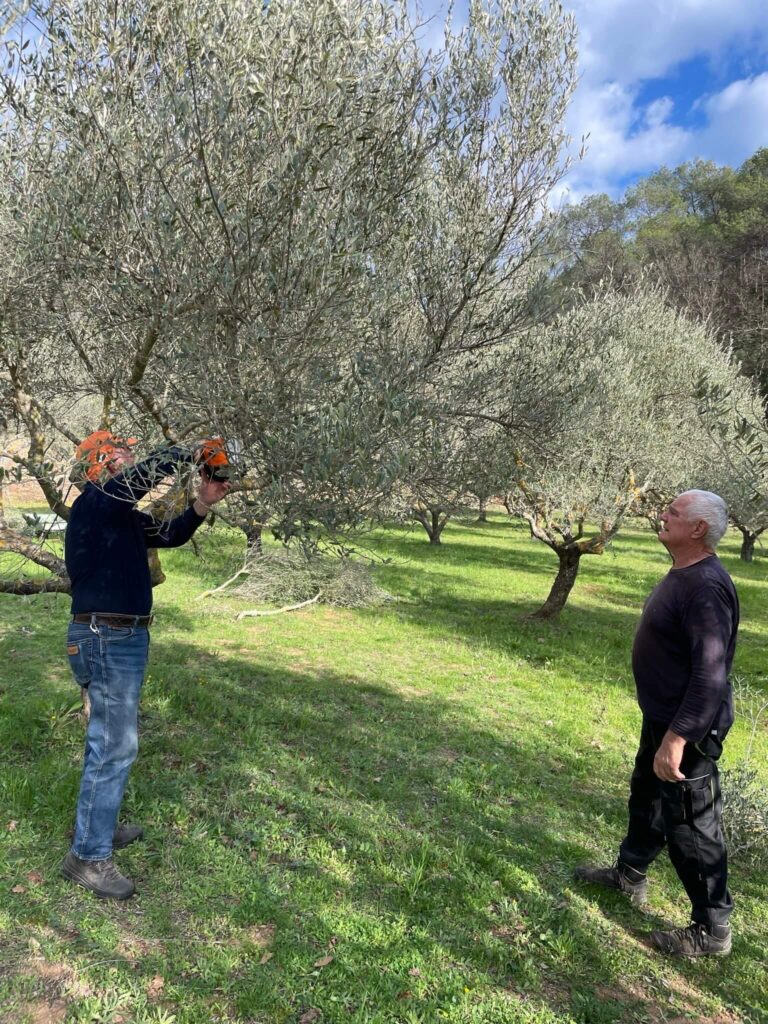
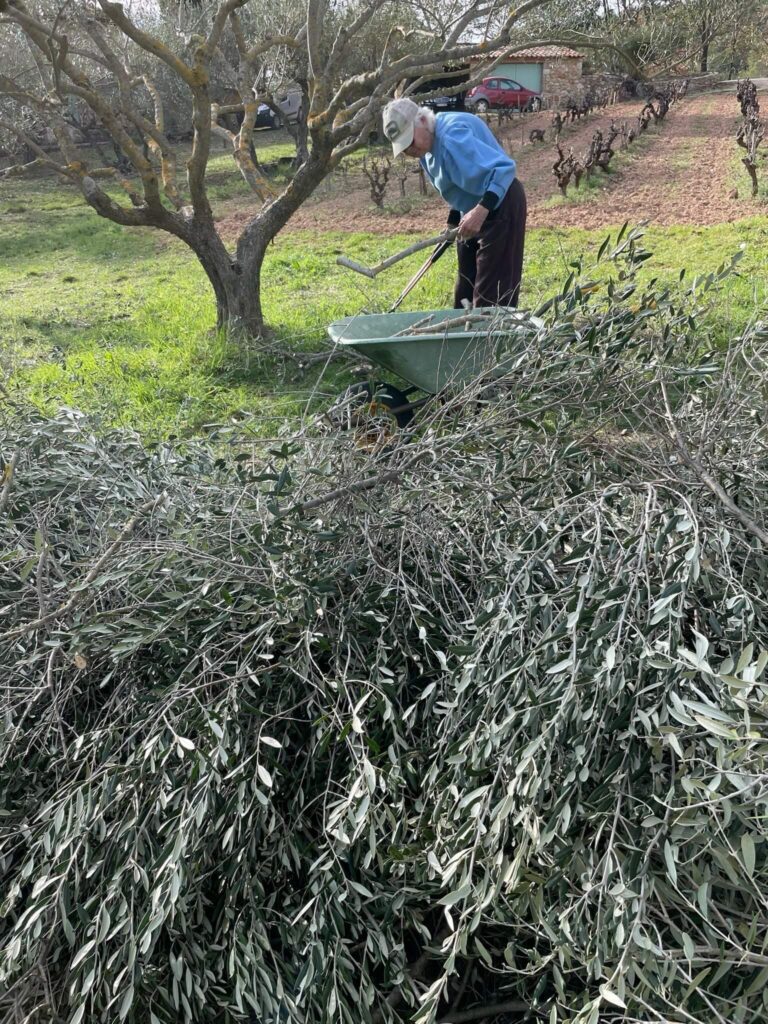
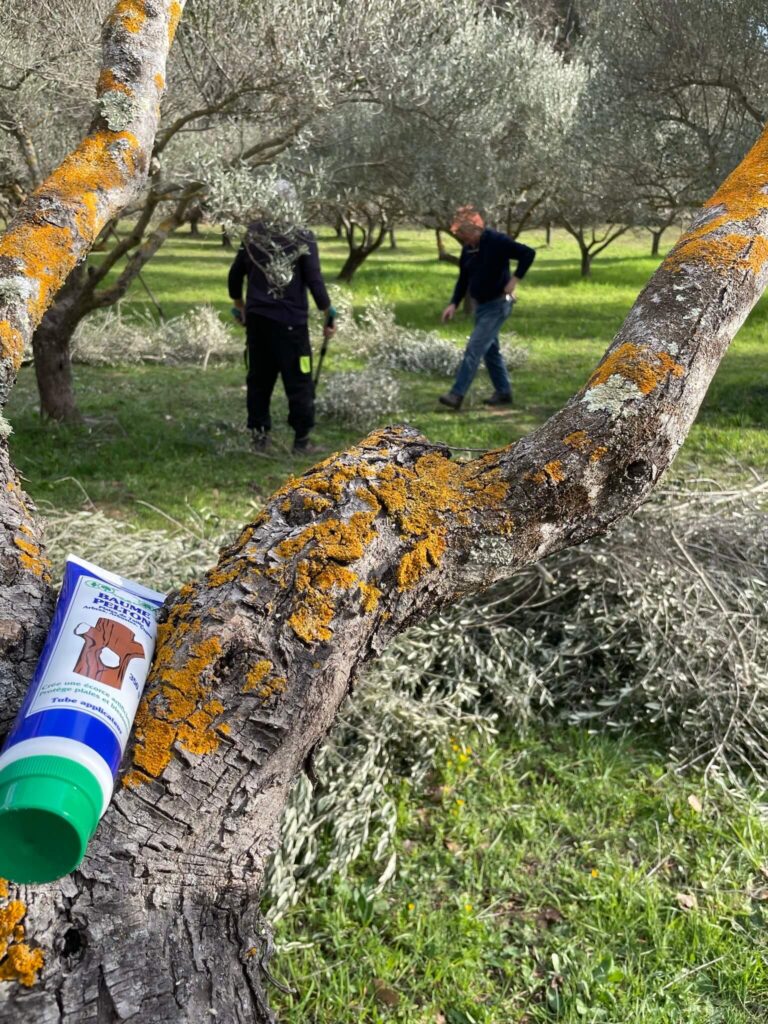
RECENT POSTS
CATEGORIES
ARCHIVES